The Venice Biennale is one of the most prestigious art events in the world, drawing crowds from every corner of the globe. While the main pavilions and headline exhibitions are undeniably spectacular, they often become overcrowded, leaving visitors feeling more like cattle herded through a maze than art enthusiasts. For those who crave a deeper, more intimate experience, there’s an alternative way to explore the Biennale—by following its hidden routes and lesser-known gems. This approach not only allows you to avoid the suffocating crowds but also unveils a side of Venice and its art that few ever get to see.
The Secret Gardens of Venice are a perfect starting point for those looking to escape the masses. Tucked away behind unassuming gates and down narrow alleyways, these verdant oases offer a serene contrast to the bustling main venues. The Giardini della Biennale, though part of the official exhibition space, has pockets of tranquility if you know where to look. The lesser-trodden paths near the back of the gardens lead to smaller national pavilions that often house some of the most thought-provoking works, free from the jostling of the crowds. These spaces are where artists take risks, and curators experiment—far from the spotlight of the central pavilion.
Dorsoduro’s Hidden Art Spaces are another treasure trove for the discerning visitor. While the Giardini and Arsenale dominate the Biennale map, the Dorsoduro district quietly hosts a number of collateral events and independent exhibitions. These shows, often organized by smaller galleries or artist collectives, are where you’ll find raw, unfiltered creativity. The Chiesa di Santa Maria della Visitazione, for instance, is a deconsecrated church that frequently transforms into an avant-garde exhibition space. Here, the art interacts with the historic architecture in ways that feel almost magical—a far cry from the sterile white cubes of the main venues.
The Cannaregio Canal Route is a watery detour that few tourists consider. Instead of fighting for space on the vaporetto to the Giardini, hire a small rowboat or take a traghetto to explore the quieter canals of Cannaregio. Along these backwaters, you’ll stumble upon palazzos hosting unofficial Biennale events—sometimes nothing more than a handwritten sign pointing to an open door. These impromptu exhibitions are often the work of emerging artists who can’t afford the steep costs of the official program but whose work is no less compelling. The intimacy of these spaces, combined with the gentle lapping of water against ancient stone, creates an experience that feels uniquely Venetian.
San Servolo Island, a short vaporetto ride from San Marco, is one of the Biennale’s best-kept secrets. Once a monastery, then a mental hospital, the island now hosts exhibitions that lean into its eerie, abandoned atmosphere. The Biennale occasionally uses San Servolo for installations that require isolation and silence, making it a haven for those who prefer their art without the chatter of tour groups. The journey there—gliding across the lagoon with the city skyline receding behind you—is as much a part of the experience as the art itself.
The Early Morning Ritual is less about location and more about timing. Venice is a different city at dawn, and the Biennale is no exception. Arriving at the Giardini or Arsenale the moment the gates open isn’t just a way to beat the crowds—it’s a chance to see the art in soft morning light, with the dew still fresh on the grass and the pavilions empty enough to hear the echo of your own footsteps. Many of the guards and staff are more relaxed in these early hours, sometimes sharing anecdotes about the artworks or artists that you’d never hear in the midday rush.
The Forgotten Churches of Venice often double as exhibition spaces during the Biennale, though they rarely make it onto the official map. Santa Maria dei Derelitti, for example, is a crumbling Baroque church that occasionally hosts sound installations—the acoustics of the vaulted ceiling turning even the slightest whisper into a haunting melody. These spaces are where the Biennale feels most connected to Venice’s history, the art breathing new life into buildings that might otherwise be left to decay. Finding them requires a bit of detective work, but that’s part of the adventure.
The Libreria Acqua Alta isn’t an official Biennale venue, but no visit to Venice—art-focused or otherwise—is complete without a stop at this iconic bookstore. During the Biennale, the shop often curates small, informal exhibitions among its stacks of water-damaged books. It’s a reminder that art in Venice isn’t confined to pavilions and galleries; it spills out into the streets, the cafes, even the gondolas. Sitting on the bookstore’s makeshift staircase of encyclopedias, flipping through a catalog from a Biennale decades past, you might just stumble upon the essence of what makes this city and its art so enduring.
The Venice Biennale doesn’t have to be a test of endurance, a battle against crowds and queues. By venturing off the beaten path—whether to a silent island, a hidden garden, or a crumbling church—you’ll find a Biennale that’s quieter, stranger, and infinitely more personal. These overlooked spaces are where the true spirit of Venice lives, waiting for those willing to look beyond the obvious.
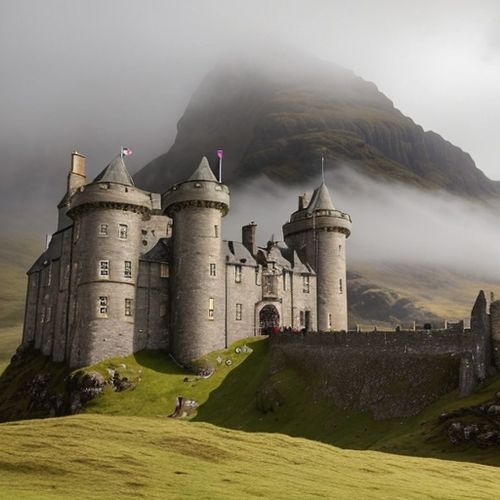
By Emily Johnson/Apr 11, 2025
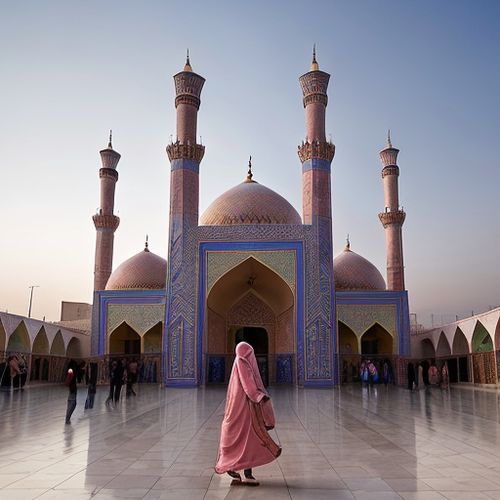
By William Miller/Apr 11, 2025

By Benjamin Evans/Apr 11, 2025
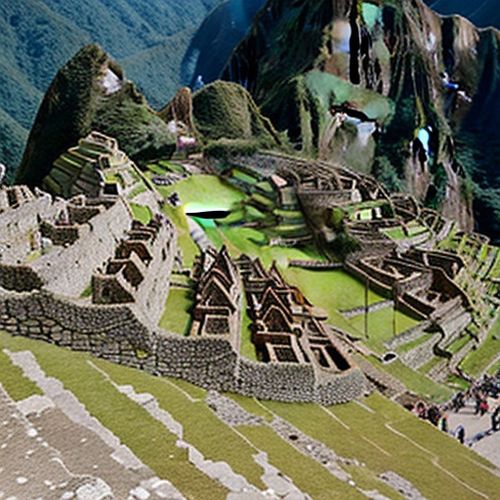
By Grace Cox/Apr 11, 2025
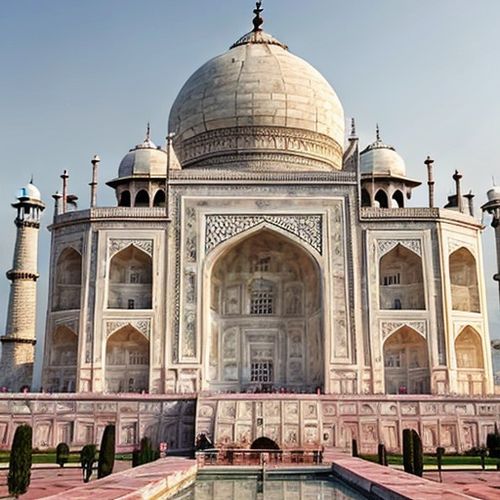
By Amanda Phillips/Apr 11, 2025
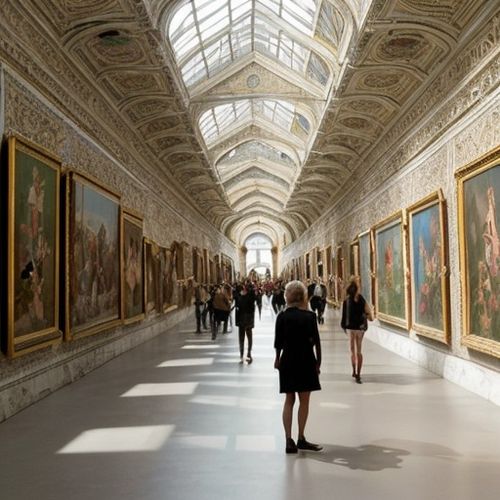
By James Moore/Apr 11, 2025

By Natalie Campbell/Apr 11, 2025

By Eric Ward/Apr 11, 2025
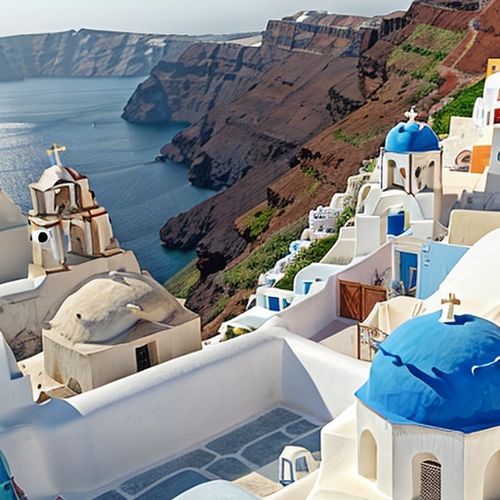
By James Moore/Apr 11, 2025

By Emily Johnson/Apr 11, 2025

By Christopher Harris/Apr 11, 2025

By Michael Brown/Apr 11, 2025
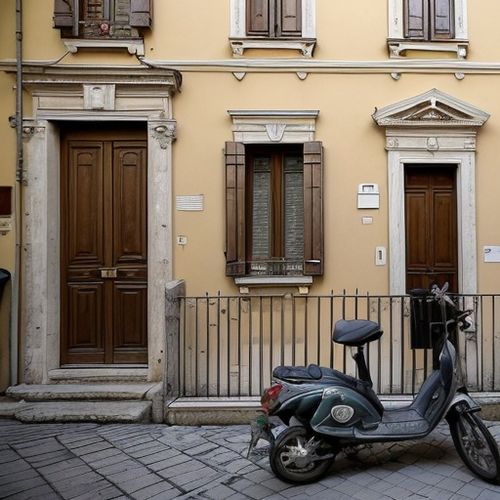
By Rebecca Stewart/Apr 11, 2025
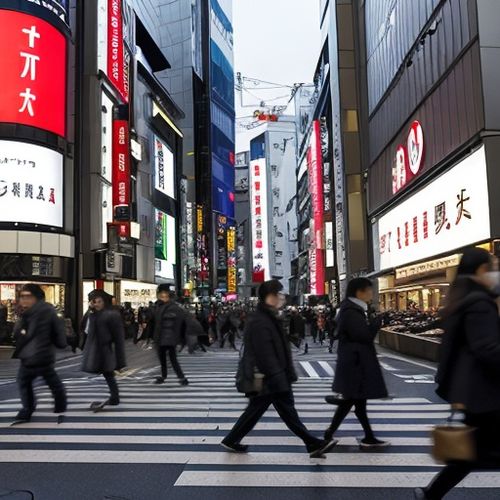
By John Smith/Apr 11, 2025
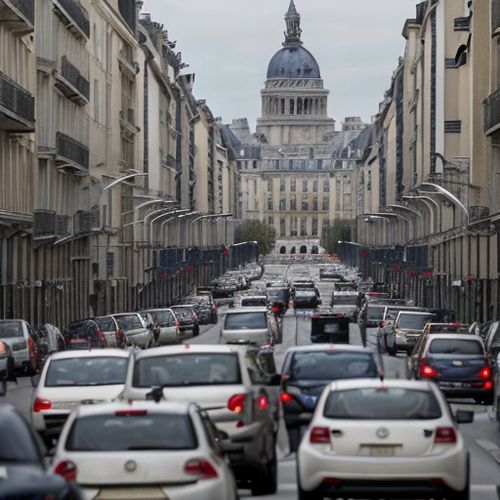
By Natalie Campbell/Apr 11, 2025

By Emily Johnson/Apr 11, 2025

By John Smith/Apr 11, 2025

By Michael Brown/Apr 11, 2025

By Amanda Phillips/Apr 11, 2025
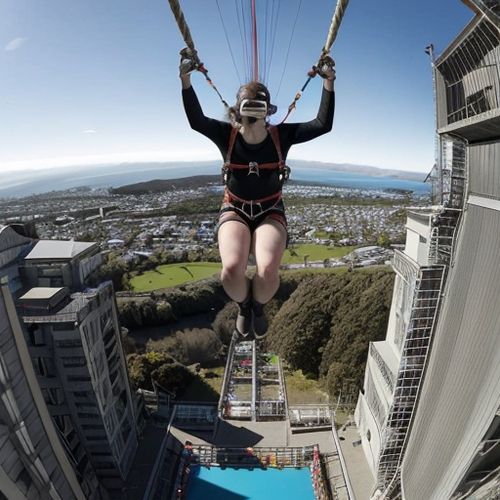
By Joshua Howard/Apr 11, 2025